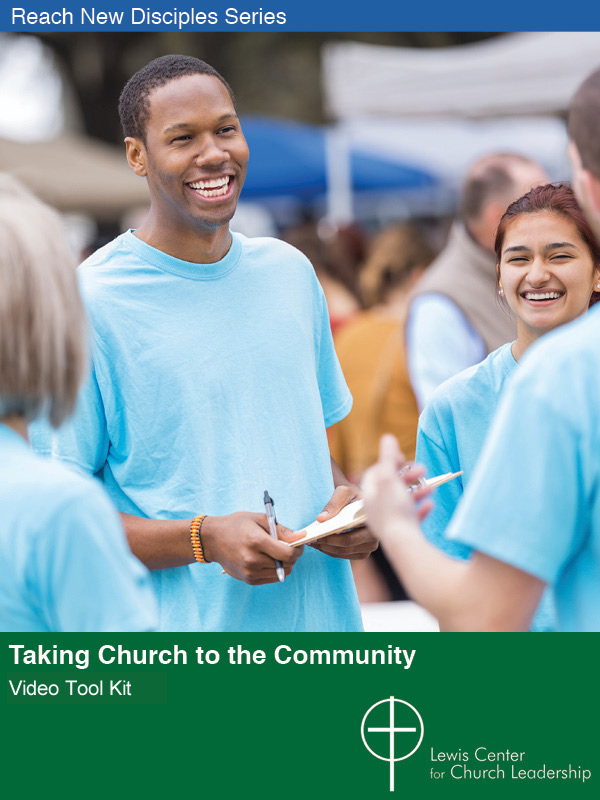People in your community — many unknown to you — have prayer needs each day. Many of them share their prayer concerns using Twitter, the social media tool which allows people to broadcast short messages. Some churches are finding that using Twitter to expand their prayer ministries allows them to connect better with individual needs and community-wide concerns.
I learned of such a ministry at a conference I attended recently on the use of social media in the church led by Matt Carlisle and Erin McAtee, founders of M2Live. They suggested a very simple, yet powerful, way to connect with the community surrounding your church by offering prayers for those asking for support in their tweets.
Some churches are finding that using Twitter to expand their prayer ministries allows them to connect better with individual needs and community-wide concerns.
They outline a four-step process for identifying community prayer concerns through Twitter:
- Go to https://twitter.com/#!/search-advanced.
- Type “please pray” into the first box labeled “All of these words.”
- Under the “Places” option, type the zip code of your church, and choose the radius as 15 or 25 miles (or less in a densely populated area).
- Click the search button at the bottom.
The results that come up will include every tweet that includes the words “please pray” within the specified radius surrounding your zip code. It will include tweets from up to seven days prior.
You can reply to those requesting prayer with this simple statement: “The prayer ministry at [insert church name]is praying for you.” It’s a great way to let those seeking prayer know that you have heard their appeal and that you are praying for them. It’s also a great way to let people in your community know about your church.
Another way to use Twitter as part of a prayer ministry is to offer prayers for your whole community in times of crisis or need. In a recent blog post, Pastor Keith Anderson describes how offering prayers on Twitter during a time of community crisis was a comfort to residents of his town. He shared, “I realized that my role … was to offer some measure of solace, support, and to point to God’s presence in a horrific and confusing situation.” He says he knows that people appreciated the prayers on Twitter because they responded and retweeted his messages.
These practices can help churches connect with their communities in new ways, offering the peace, hope, and love of Christ through prayer for those in need around them.







